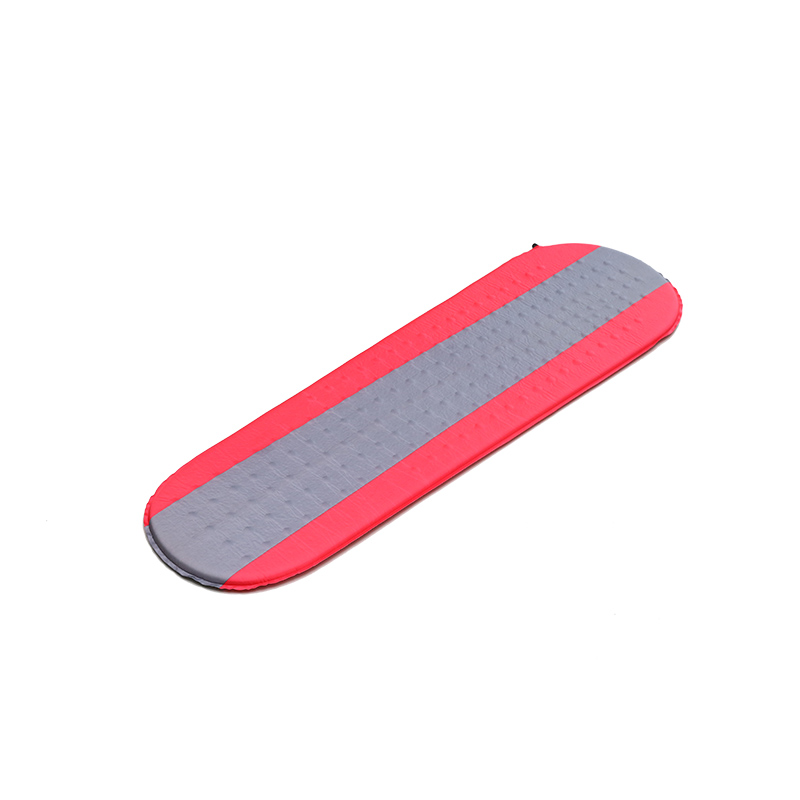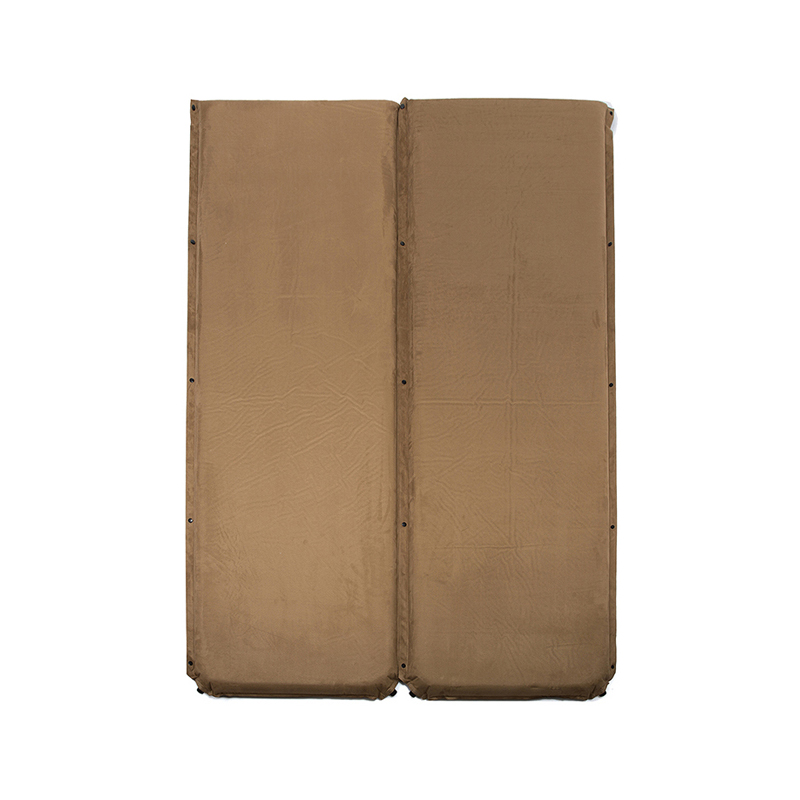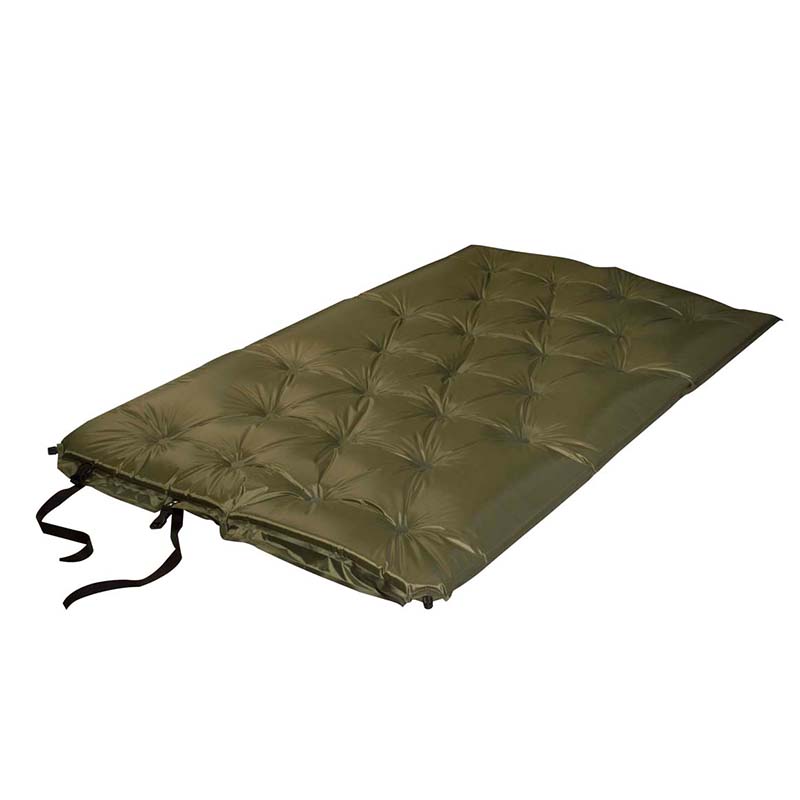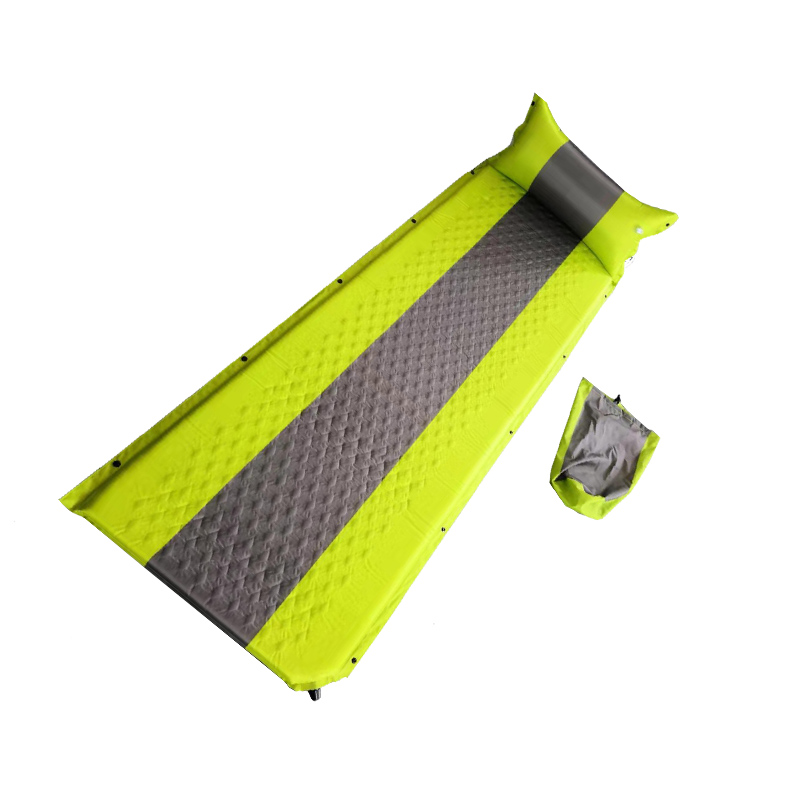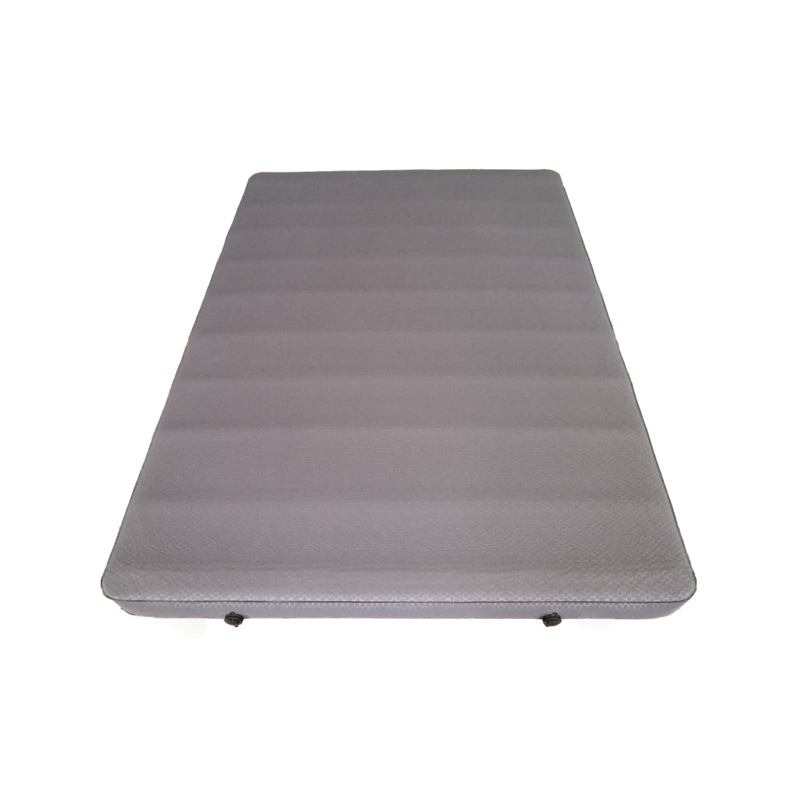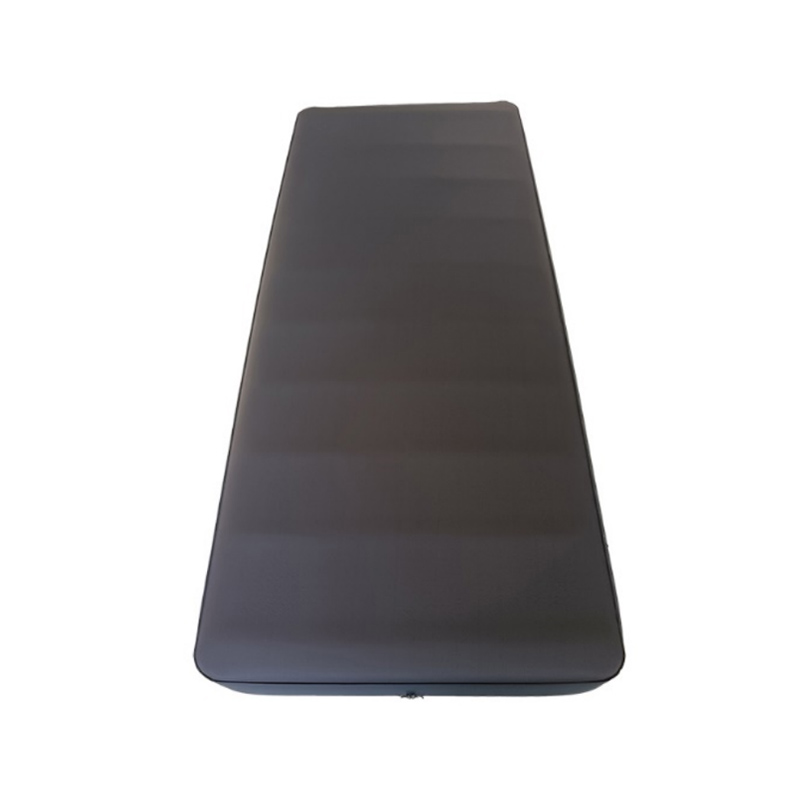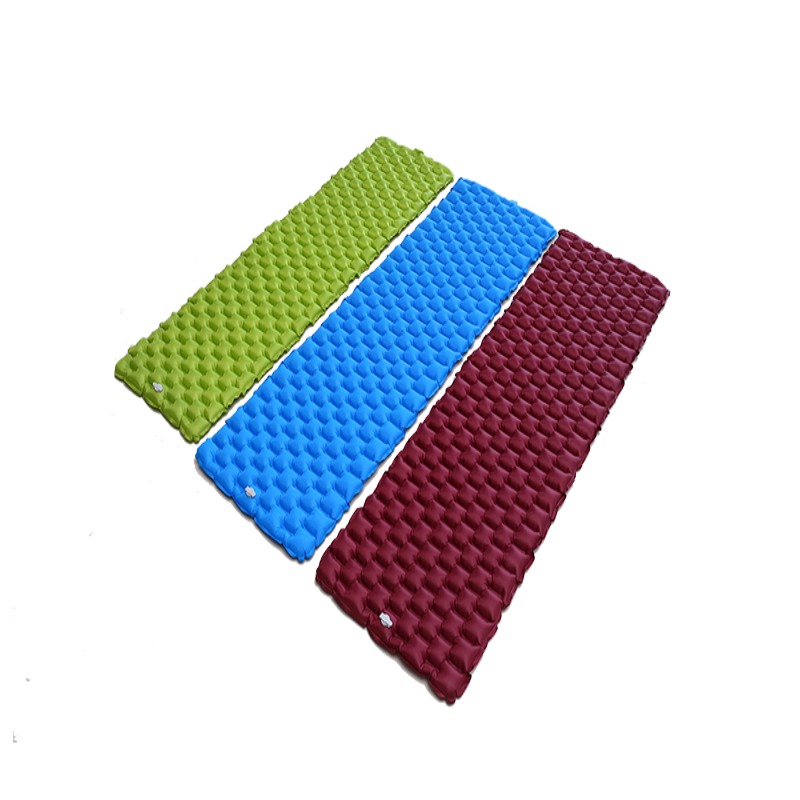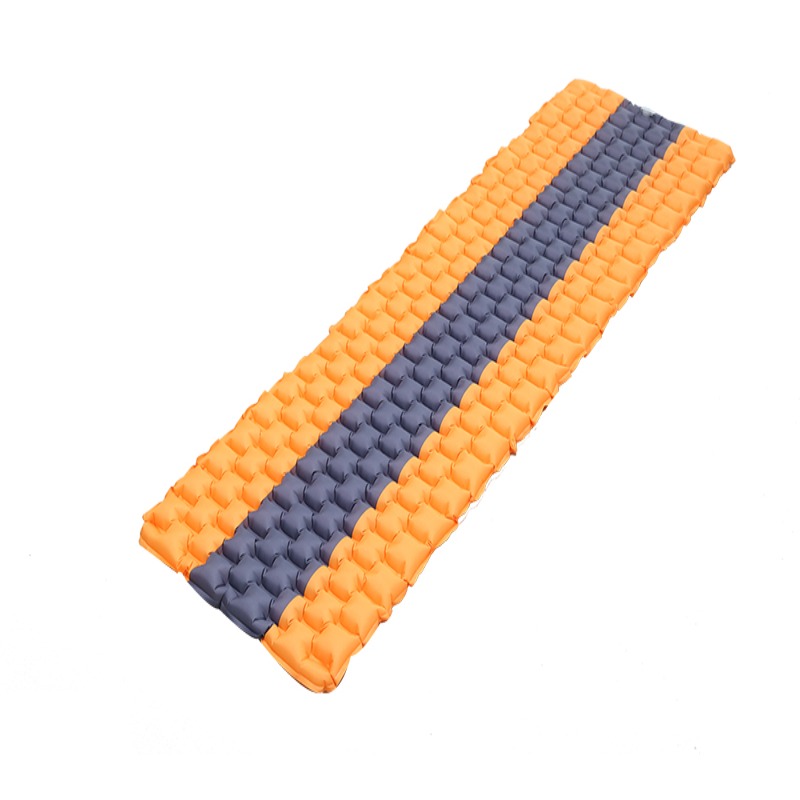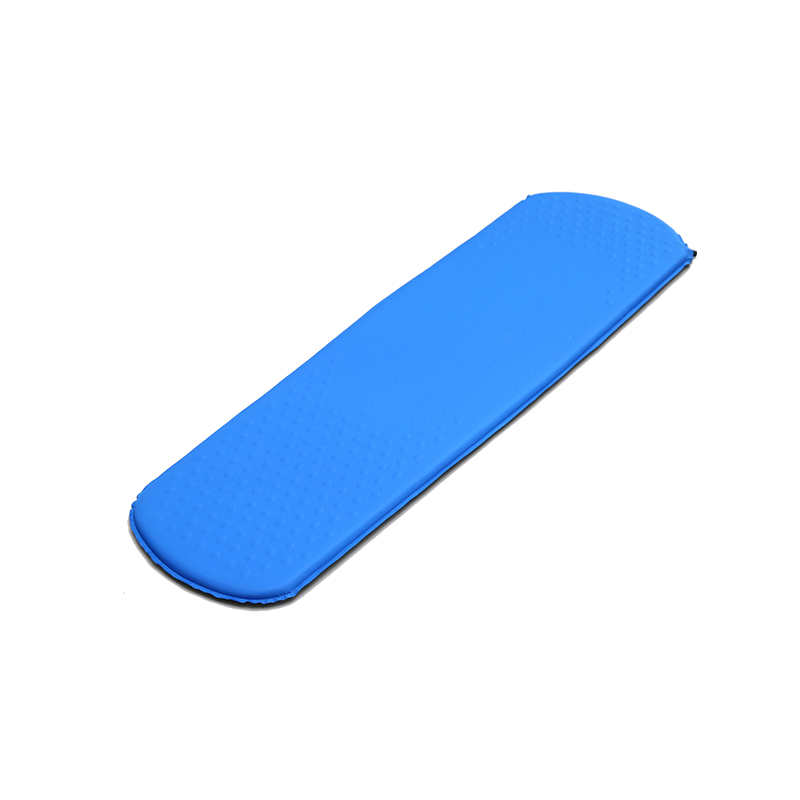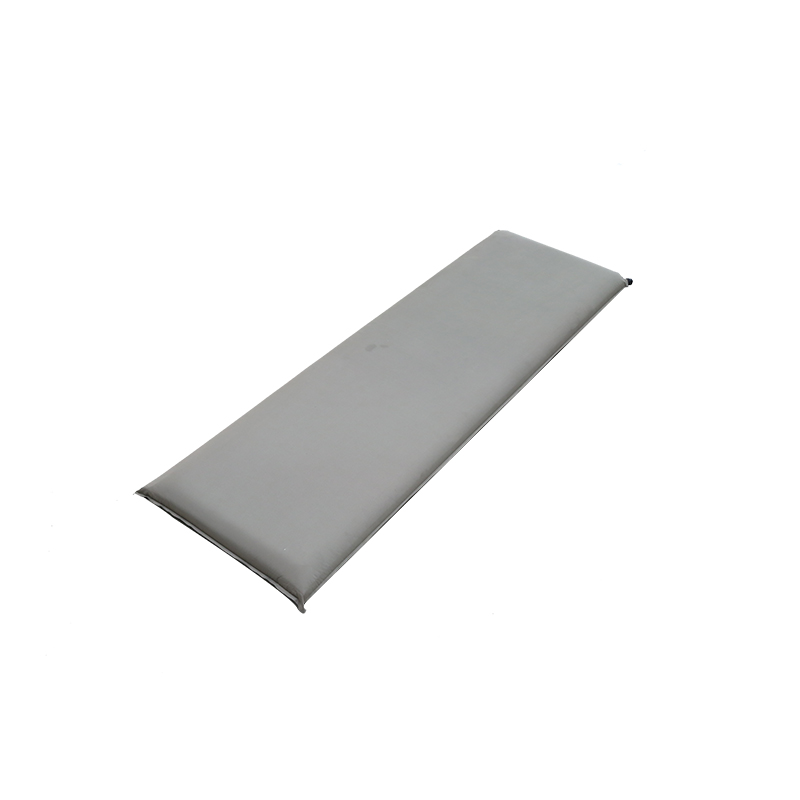Camping has a primitive lethal attraction for everyone. Go to deep mountain jungles, wilderness fields, sea beaches, deep deserts, and meet the Milky Way and the stars in the dark night. However, camping is by no means a matter of walking and taking a tent. From preparation to safe camping return, every link has a doorway.
Hate TA, take TA to outdoor camping.
I love TA, and even take TA to outdoor camping.
Determine the route, organize the equipment, check the weather, choose a camp, and build a camp. As long as you plan in advance, the method is appropriate, and enjoying camping is not difficult. (Note: The camping knowledge covered in this article is all about low-altitude camping.)
Preparation before limp
Whether you need to walk long distances or just want to simply stay away from the hustle and bustle and return to the mountains, you need to fully understand the chosen route before deciding to camp. When preparing, we recommend taking care of the following aspects:
Sleep system-The basic sleep system required for a camping includes but is not limited to the following:
Tent: When you spend the night outdoors, the tent is a temporary "home". An excellent tent must have sufficient space, a humanized design, an attractive appearance, and strong weather resistance (that is, the tent's ability to resist the environment includes wind, rain, snow, mosquito, and ventilation performance). Buying a tent is usually considered from three aspects: number of people, season, and structure.
For general camping by the sea or common mountain camping, the most common is a two-person tent.
Double-layer account structure. No matter what kind of tent, it basically consists of tent poles, tarpaulins, ground nails, wind ropes, etc. (the necessity of the above accessories varies according to different types of tents). Tent Photo Credit: kelty, Production: Outdoor Adventure Outdoor
Sleeping bag: No matter the mountain or the sea, the temperature difference between morning and evening in the campsite is generally large. At this time, the sleeping bag is the "quilt" that protects the camper's warm sleep. Its most important function is to keep warm, to prevent users from losing temperature outdoors, affecting sleep or even life-threatening.
When choosing a sleeping bag, you should consider the aspects of environmental humidity, ambient temperature, sleeping bag volume, and sleeping bag weight. The following rules are available for reference:
Camping in warm and humid areas, consider cotton sleeping bags or fleece sleeping bags;
Use down sleeping bags in areas with low night temperatures;
When the sleeping bag is small or light, a down sleeping bag can also be considered;
Envelope-type sleeping bags are recommended for comfortable environment camping, and mummy-type sleeping bags are suitable for harsh environment camping.
The index for measuring the warming ability of sleeping bags is called "temperature scale": the comfortable temperature scale is the temperature of normal sleep, and the extreme temperature scale is the minimum ambient temperature that the sleeping bag can ensure without losing temperature. A comfortable temperature scale sleeping bag should be carried during the preparation phase.
Moisture-proof pad: Don't underestimate the thin moisture-proof pad for camping in the wild. It is equivalent to a compressed "bed". It has three functions: mothproof, warmth and moisture-proof. There are two kinds of common moisture-proof pads: foam type and inflatable type. It is better to use with mats.
Foam-type moisture-proof mats can be used for camping in sand and grass; camping in cold mountainous areas at night, the inflatable moisture-proof mats have better thermal insulation performance, but the disadvantage is that the inflation process is laborious and takes up space.

 简体中文
简体中文 English
English 日本語
日本語 Español
Español Deutsch
Deutsch